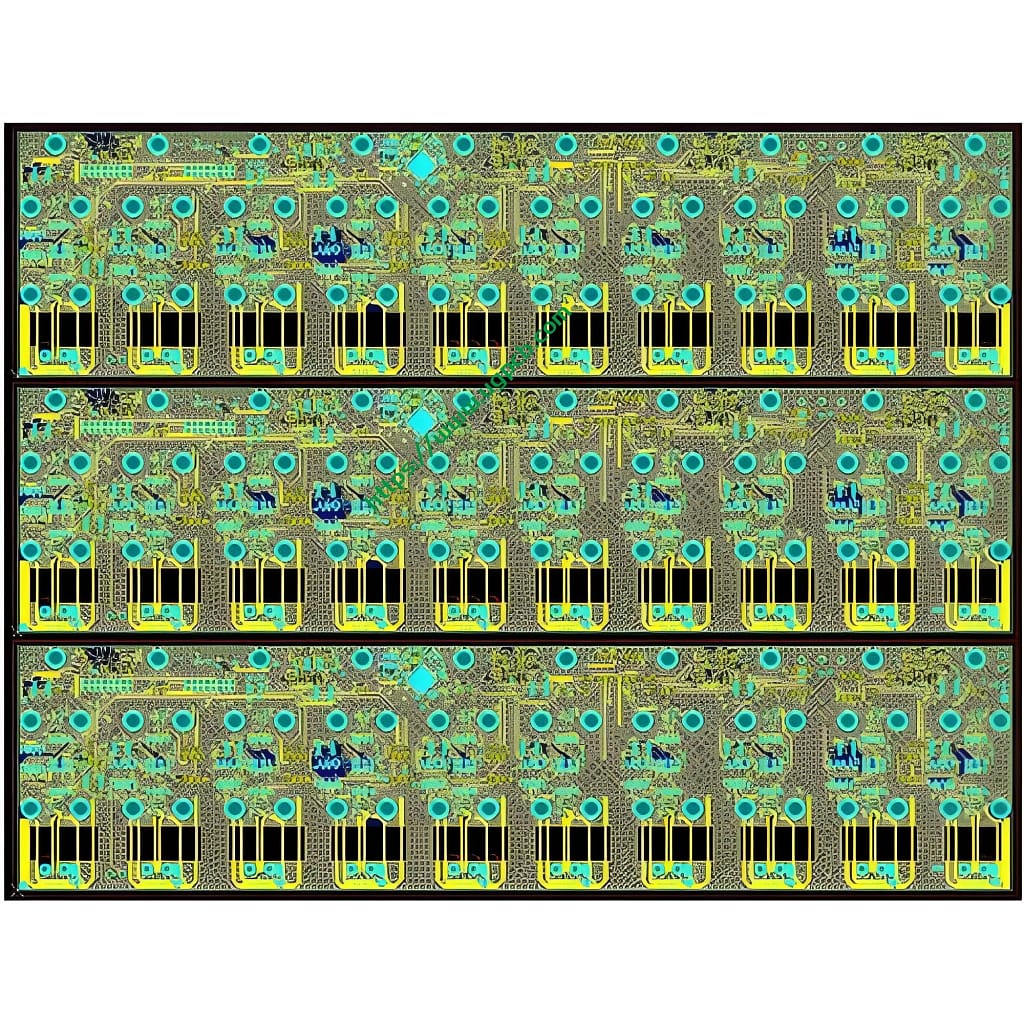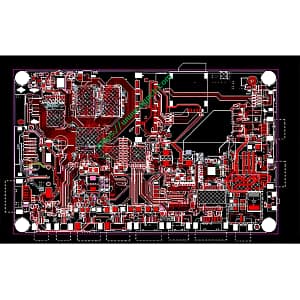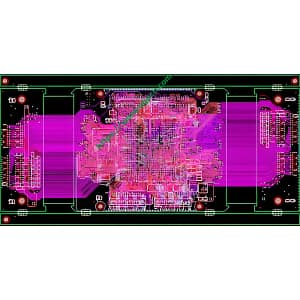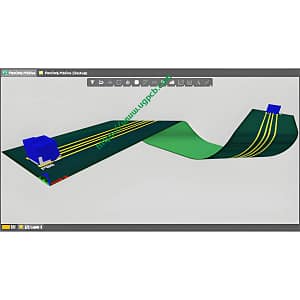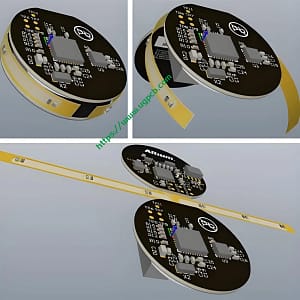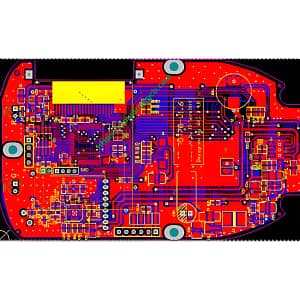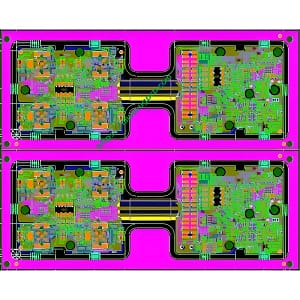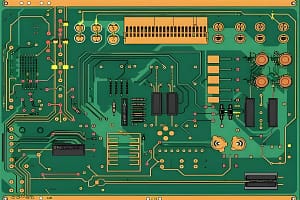剛体PCB: 主な機能と利点
薄いプロファイルとさまざまな形状
リジッドフレックス PCB の主な特徴の 1 つは、その薄型プロファイルと可変形状です。, 超薄型および超軽量のパッケージングに理想的なソリューションとなります。. リジッドフレックスボードは設計と製造にコストがかかる可能性がありますが、, これらは多くの利点を提供し、従来のリジッドボード技術に関連する多くの問題を解決します。.
小型で柔軟な形状
リジッドフレックス PCB は、特定の輪郭に応じて形状を変えることができるため、より多くのコンポーネントをより小さなスペースに簡単に取り付けることができます。. このテクノロジーにより、最終製品のサイズと重量が削減され、システム全体のコストも削減されます。. 同時に, リジッドフレックス PCB はコンパクトなフォームファクタであるため、HDI テクノロジにおける細線および高密度回路に最適です。.
Customization for Different Applications
The package geometry freedom of rigid-flex PCBs can be customized for applications in many industries, including aerospace, 軍隊, 医療機器, および家庭用電化製品. They can be customized in size and shape to suit housing designs and 3D designs, which gives designers more possibilities to meet different requirements in specific applications.
Mechanical Stability and Performance
Better Mechanical Stability
The stability of the rigid board and the flexibility of the flexible board form a stable structure for the entire package, while retaining the reliability and flexibility of electrical connections required for installation in small spaces.
Better Performance in Harsh Environments
Rigid-flex PCBs have high shock and vibration resistance, so they can work well in high-stress environments. リジッドフレックス PCB では使用されるケーブルとコネクタが少なくなります, これにより、将来の使用における安全上のリスクとメンテナンスも軽減されます。.
製造と試験
製造とテストが簡単
リジッドフレックス PCB は、必要な相互接続および関連コンポーネント/部品の数が少なくなります. これにより、組み立て作業が簡素化されます。, リジッドフレックス PCB の組み立てとテストが容易になります. リジッドフレックス PCB は PCB プロトタイピングに最適です.
 UGPCBのロゴ
UGPCBのロゴ

